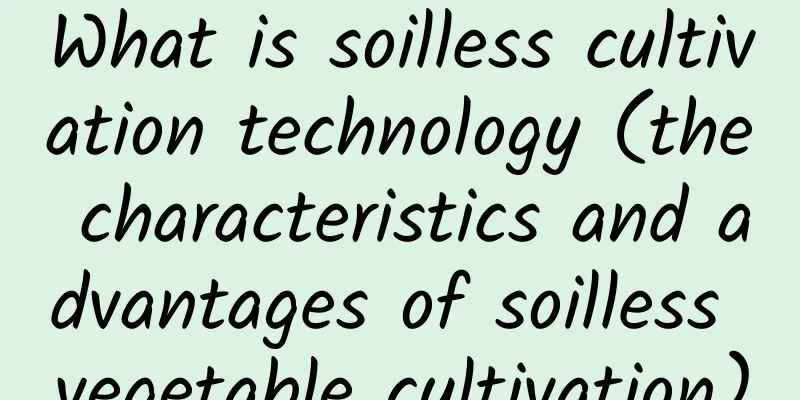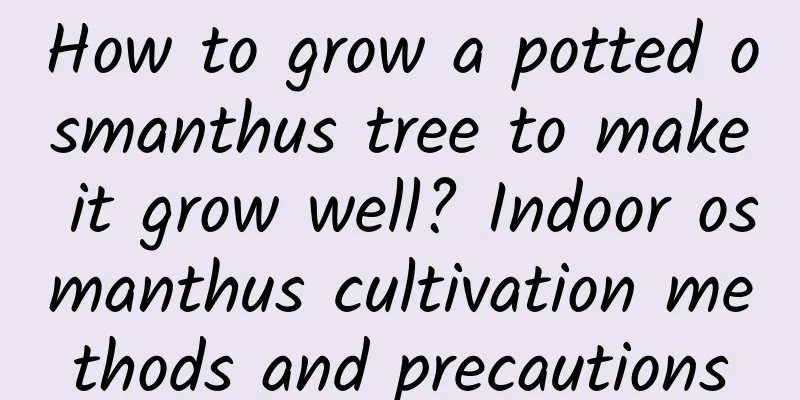What is soilless cultivation technology (the characteristics and advantages of soilless vegetable cultivation)

What is soilless cultivationSoilless cultivation is a cultivation technology that does not use natural soil as a substrate. It is to cultivate crops directly in a nutrient solution in a certain device, or on a cultivation bed made of non-soil substrate materials such as sand, gravel, vermiculite, perlite, rice husk charcoal, coal slag, rock wool, etc. There are many ways of soilless cultivation. Depending on whether the cultivation bed uses a substrate, soilless cultivation can be divided into two categories, namely substrate cultivation and hydroponics. Substrate cultureSubstrate cultivation is the use of solid substrates instead of soil as cultivation beds to grow crops. Solid substrates include natural sand, gravel, peat, sawdust and artificial substrates such as fiber. HydroponicsHydroponics is to place the roots of crops directly in the nutrient solution, without using substrate materials, and the nutrient solution can be recycled. There are also many types of soilless cultivation, depending on the different types of substrates, different cultivation beds, different ventilation methods and nutrient solution supply methods. The advantages and prospects of soilless cultivationCompared with traditional soil planting, soilless cultivation has many advantages, which can be summarized as follows. ① The growth cycle of soilless cultured vegetables is short and the yield per unit area is high. ②Isolate from external pollution and produce clean, hygienic and high-quality products with less pollution. ③ Large-scale planting can save labor, water and fertilizer. ④ Do not use soil to avoid soil continuous cropping disorders and soil-borne diseases. ⑤ There is no regional restriction for planting and it is not restricted by region, soil quality, environment and other conditions. Precautions for soilless cultivationWater quality requirementsWater quality is closely related to the preparation of nutrient solution, and the quality of water directly determines the success or failure of soilless cultivation. Soilless cultivation has strict requirements on water quality, especially hydroponics, because it does not have the buffering capacity of soil cultivation, so the content of many elements is lower than the concentration standard allowed by soil cultivation, otherwise toxicity will occur. Preparation of nutrient solutionNutrient solution is the key to soilless cultivation. Different crops need different nutrient solutions. When preparing nutrient solution, the purity and cost of chemical reagents should be taken into consideration. First, the original solution is prepared with fertilizers, and then diluted. Calcium-containing substances need to be placed in a separate container. When using, dilute the mother liquor and then mix it with the diluted solution containing calcium substance. Measure the pH of the nutrient solution and adjust it to a pH range suitable for crop growth to avoid poisoning. Matrix type selectionThere are many types of substrates for soilless cultivation of vegetables, which can be selected according to local substrate sources and local conditions. Try to use materials that are abundant, easy to obtain, low in price, and have good physical and chemical properties as the substrate for soilless cultivation. Liquid supply systemThere are many ways to supply liquid for soilless cultivation, including nutrient film, irrigation, flooding, double-walled pipe irrigation system, drip irrigation system, siphon, spray and manual irrigation, etc. At present, the nutrient film method and drip irrigation are more commonly used in production. |
<<: The Poet's Wife Rose's Advantages and Disadvantages (Is it a Climbing Rose or a Shrub Rose)
Recommend
It is best to water mint every few days.
Water mint every few days Mint requires less wate...
Where is Panax notoginseng suitable for planting?
Panax notoginseng planting area Panax notoginseng...
How to prune the bay laurel
Monthly laurel pruning time The best time to do h...
Common diseases of Clerodendrum thomsoniae and their control methods
Common diseases of Clerodendrum thomsoniae: leaf ...
How to plant water lilies
1. Sowing time Lotus seeds have no dormant period...
How to plant and care for lilies
Growth environment Growth habit Lily is a cool-lo...
What kind of crop is Astragalus sinensis? It belongs to the leguminous crop
What kind of crop is Astragalus sinicus Milk vetc...
How to grow Huangli to bloom out of the pot?
Sedum, also known as "Yellow Jade Lotus"...
Where do strawberry seeds come from?
Where do strawberry seeds come from? When the str...
How often should I water the scented vine?
How often should I water the scented vine? In spr...
How to grow Cyperus tuberosus
1. Breeding environment 1. Soil: When growing chr...
Cultivation methods and precautions of jasmine
Forsythia is one of the first flowers to bloom in...
Pitaya planting and cultivation techniques
As a health-care fruit with high economic value, ...
The reason why the leaves of white palm have white marks
1. Infection with powdery mildew Reason: White ma...
Will mountain roses die after blooming?
Will mountain roses bloom? Mountain roses bloom. ...









